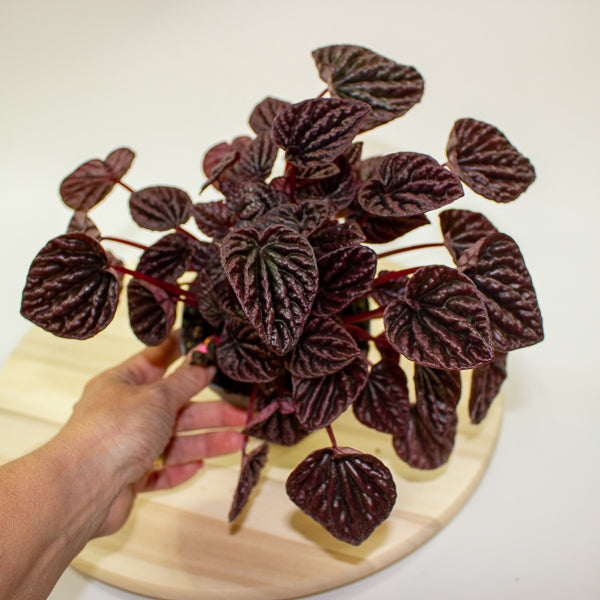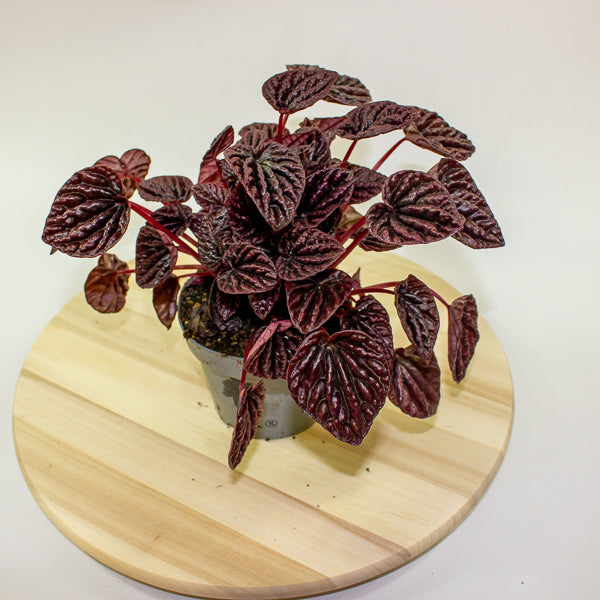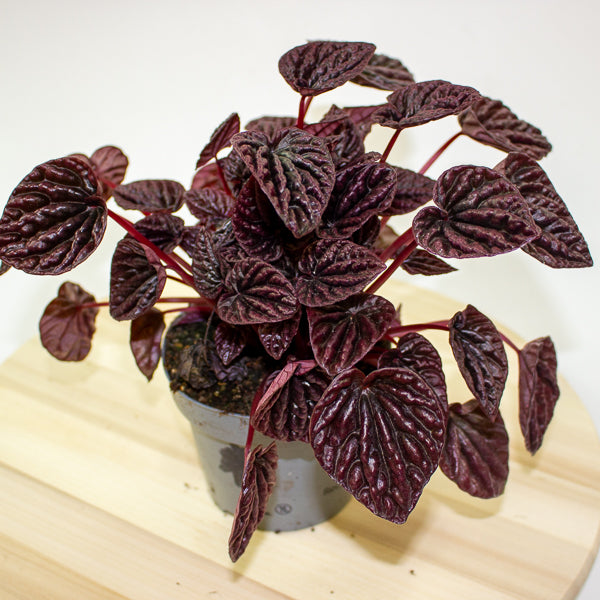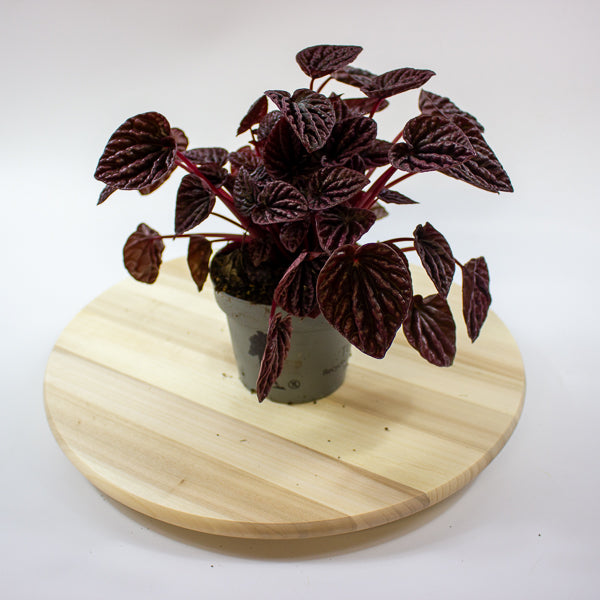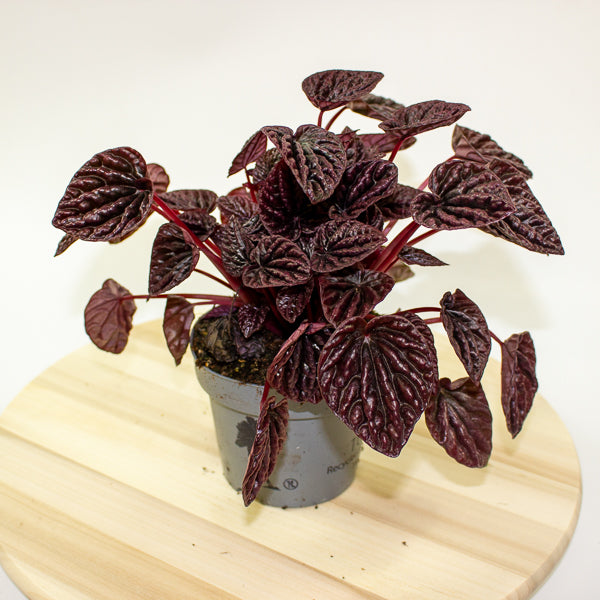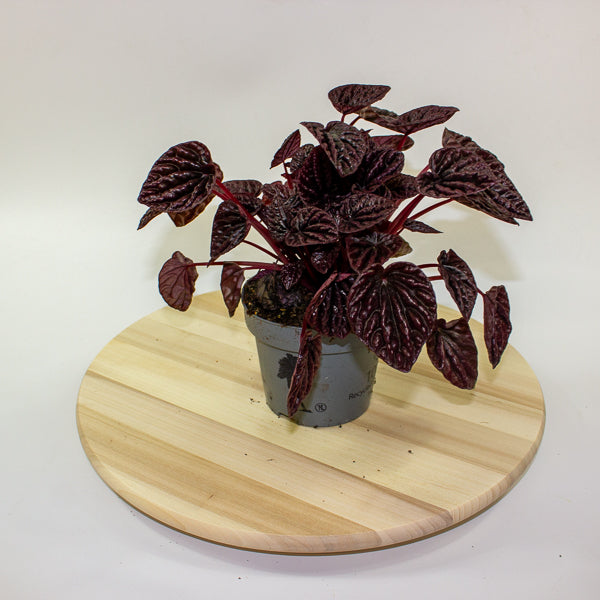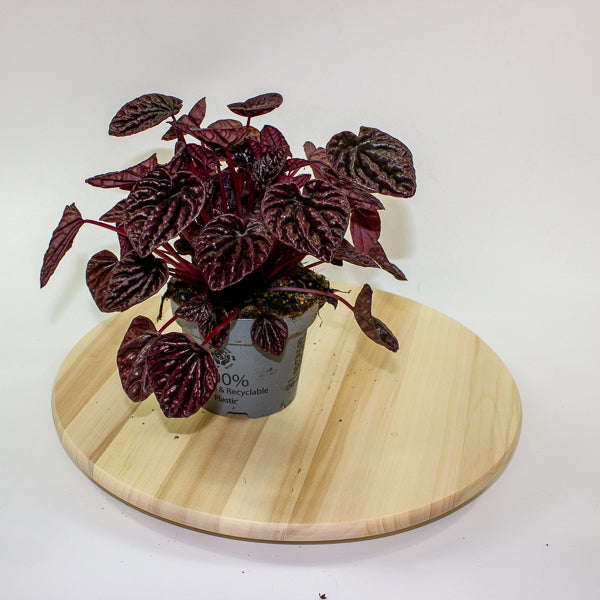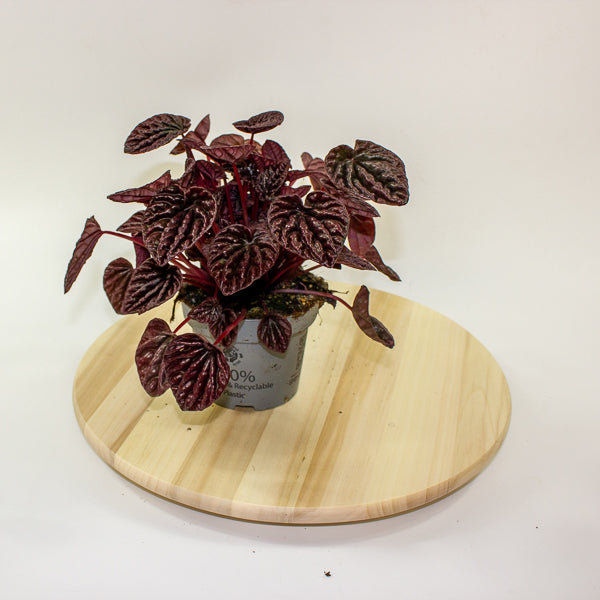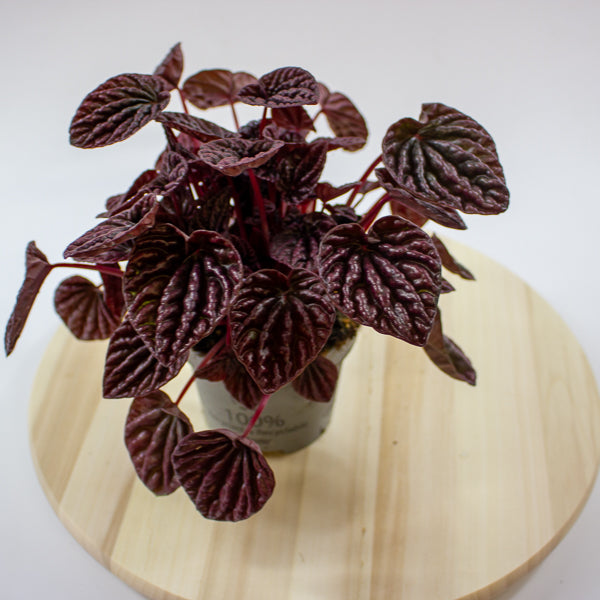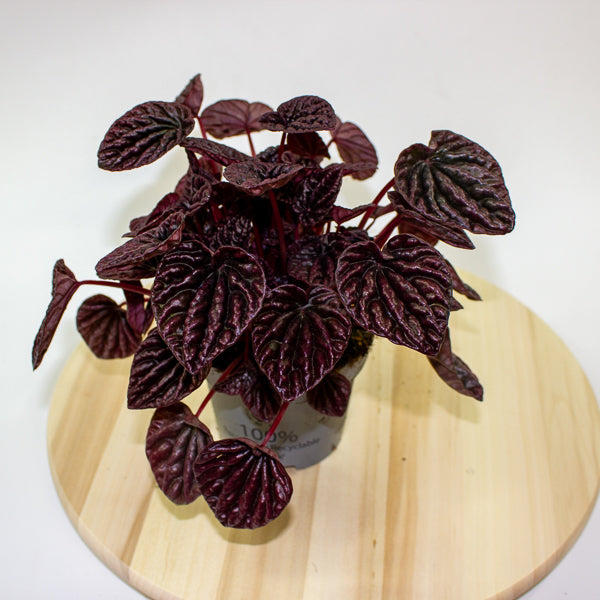1
/
of
10
Emm's Plant House
Peperomia caperata Red Luna 12cm H25cm
Peperomia caperata Red Luna 12cm H25cm
Regular price
£16.00 GBP
Regular price
Sale price
£16.00 GBP
Unit price
/
per
Taxes included.
Couldn't load pickup availability
Peperomia caperata 'Red Luna' is a striking cultivar known for its bold, vibrant red and green foliage. This variety features the signature heart-shaped leaves of Peperomia caperata, but with deep red undertones and a metallic sheen that makes it stand out. Native to tropical regions of South America, this compact and easy-to-care-for plant thrives in low to medium light and is perfect for small spaces, including tabletops, shelves, and hanging baskets. Its unique coloring and dense growth habit make it a must-have for collectors of ornamental houseplants.
- Full Botanical Name: Peperomia caperata 'Red Luna'
- Common Names: Red Luna Peperomia
- Country and/or Region of Origin: Native to tropical regions of South America
- Growing Conditions in Native Habitat: Grows as a ground cover in shaded, humid environments of tropical rainforests, where it thrives in well-draining, organic soils with high humidity.
Care Guide
Care Guide
Share
